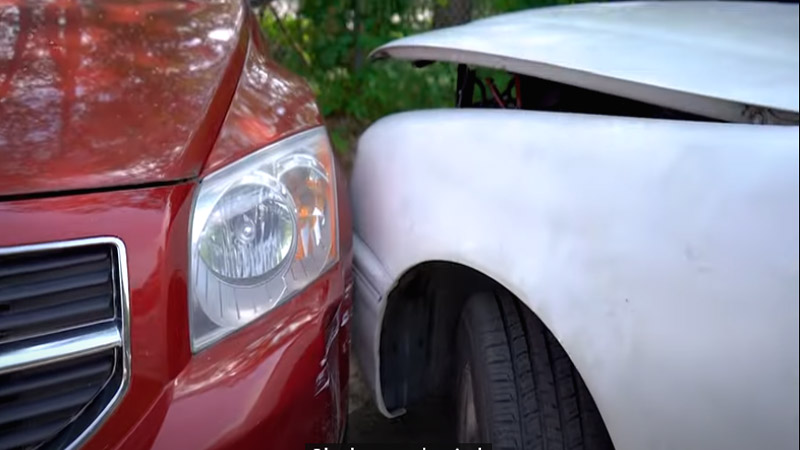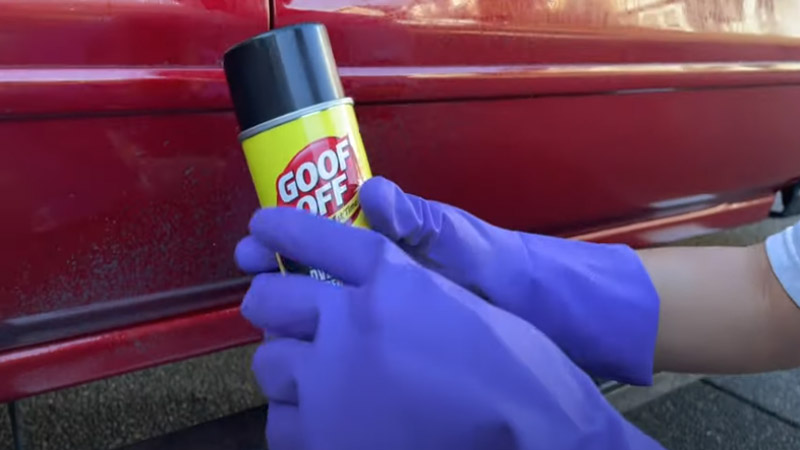How long after painting a car can you wet sand? Wet sanding is a crucial step in refinishing or repairing a car’s paint job. It’s a method used to smooth out imperfections, create a polished finish, and ensure the paint looks its best. Timing is essential when it comes to wet sanding after painting a car.
In this article, we’ll explore how long you should wait after painting a car before you can proceed with wet sanding. This guide will help you to ensure a successful and flawless paint job.
Contents
How long after painting a car can you wet sand?
The general guideline is to wait at least two to four weeks after painting your car before attempting wet sanding. This allows ample time for the paint to cure fully. The exact waiting period can vary based on several factors:
Type of Paint:
Different types of automotive paint have varying curing times. Water-based paints may dry faster than solvent-based ones. So always follow the recommendations specific to the paint you use.
Environmental Conditions:
The temperature and humidity in your location can influence drying times. Warmer and drier conditions can speed up the curing process. But cooler and more humid environments may need more time.
Professional Guidance:
If you’re unsure about the ideal waiting time, it’s best to seek advice from the paint manufacturer or a professional. They can give special recommendations based on your situation. Get knowledge about is spray painting rims a good idea.
How to wet sand after painting a car?
Read this to learn how to wet sand after painting your car:
Materials You’ll Need:
- A bucket of clean water
- Wet sandpaper (starting with 800-grit, then moving to finer grits like 1000, 1500, and 2000)
- Sanding block or a soft sponge
- A hose with a sprayer attachment
- A microfiber or soft cloth
- Automotive polishing compound
- Polishing pad (if you have one)
- Wax or sealant for finishing
Choose the Right Time
Wait for your painted car to cure. As mentioned earlier, this takes around two to four weeks. You should ensure the paint is dry and hardened.
Prepare the Surface
- Fill a bucket with clean water.
- Soak the sandpaper in the water for a few minutes to soften it.
- Make sure the car’s surface is clean and free from dirt or debris.
Begin Sanding
- Start with the 800-grit wet sandpaper. You need to dip it in the water to keep it wet.
- Sand the painted surface using a circular or back-and-forth motion. Be very gentle to avoid removing too much paint. You’re aiming to smooth out imperfections, not strip the paint.
- You should keep the surface wet while sanding it to prevent scratches. If the sandpaper gets dry, dip it back in the water.
Progress to Finer Grits
- After using the 800-grit paper, move to finer grits (1000, 1500, and 2000), one at a time. Each finer grit helps to make the surface smoother.
Inspect Your Progress
- Wipe the sanded area with a cloth to check your progress.
- Stop sanding when you achieve the desired smoothness and remove any imperfections.
Rinse and Dry
- Use a hose with a sprayer attachment to rinse off any sanding residue.
- Dry the car’s surface with a clean, dry cloth or microfiber towel.
Polish the Surface
- Apply automotive polishing compound to a polishing pad or a clean, soft cloth.
- Polish the sanded area in a circular motion. This step will help restore shine to the paint.
Final Touch
- Finish by applying a wax or sealant to protect and enhance the paint’s shine.
Wet sanding is a skilled process, so take your time and be gentle. If you’re uncertain about your abilities, consider seeking professional help. Know about how long after painting a car can you wash it.
Conclusion
Your question was how long after painting a car can you wet sand. Wet sanding a car is an important step to achieving a smooth and flawless finish. After painting your car, it’s crucial to wait for about two to four weeks before wet sanding.
This waiting period allows the paint to cure and become strong enough to withstand the sanding process. Patience is key to getting the best results without damaging the paint job.
I am Anna Grace a painting blogger. Owner of paintingsboss.com
I have owned two painting industry. I have been leading this industry for 15 years. So, I have vast experience about this business and I have also painting experience. I try to solve all problems including their painting, shade and lustures of the paint.
I usually solve all the problems related to painting.
I share on many social platforms what I have learned from this long experience.
The purpose of creating this blog is to share my personal experience and expertise in any painting related problem and troubleshooting.





